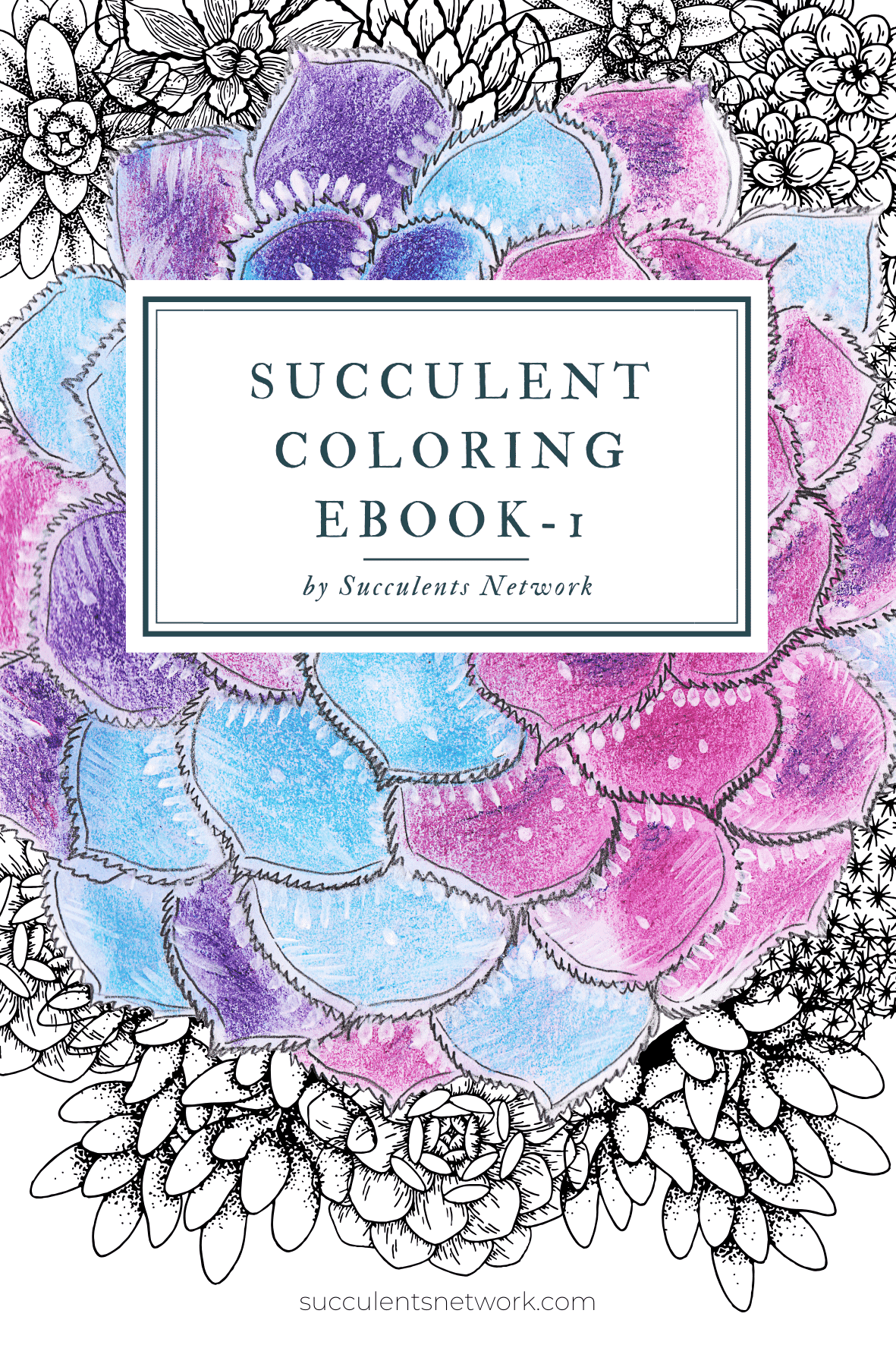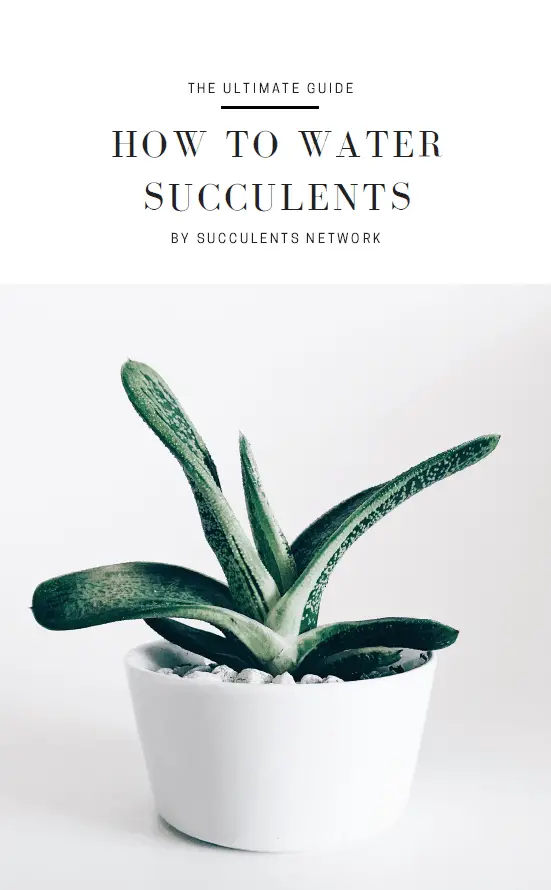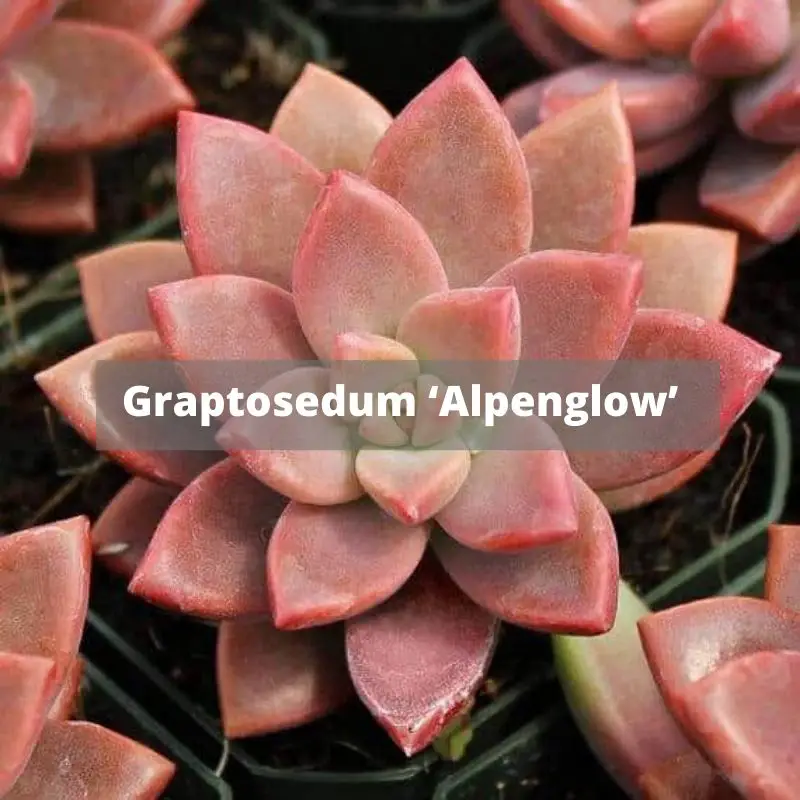To save overwatered succulents you will first need to dry the plant out for a few days (a week is ideal). Then place your plant in a bright and dry area, away from direct sun so that the plants leaves and root system wont burn. When the overwatered succulent has dried up simply replant in a well draining potting mixture but do not water immediately.
What do you do when you think you have killed your favorite succulent? Your once healthy plant now looks sickly, rotting, and losing its leaves. You may have overwatered it. When you have an overwatered succulent, can it be brought back to life? Succulents can be tricky to care for, especially for the inexperienced gardener. Not only do succulent plants look different, but there is simply a wide variety to choose from. For example, aloe vera, snake plant, pincushion cactus, panda plant, and flaming Katy plant are all in the succulent category. Although they are in the same category, their characteristics, care, and need for sun and water all vary.
These plants store water in their leaves, giving the succulent a rubber-like texture. They come in a variety of different colors, shapes, and texture qualities depending on the types of genus and species. With all of these different types, the amount of watering and exposure to the sun can vary as well. This is why an overwatered succulent is common malpractice for many amateurs and experienced plant owners alike. Fortunately, there are ways to save your succulent and bring it back to its healthy roots.
These are the most betiful looking succulents that you can find!
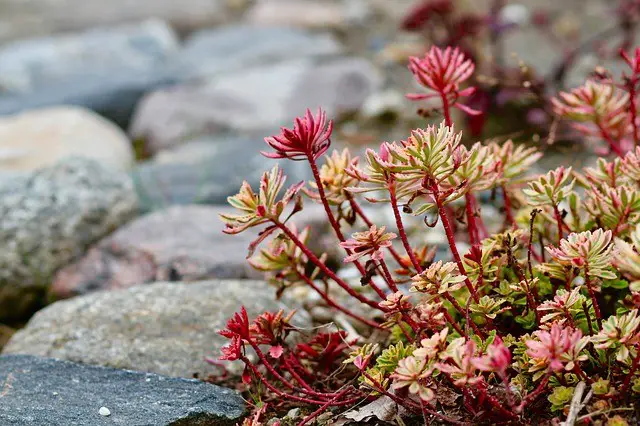
Picture via Pixabay
Signs That A Succulent Has Been Overwatered
There are several obvious signs that a succulent is not healthy. There are also certain characteristics to an overwatered succulent as well. You want to pay close attention to any of the following if you suspect your succulent is dying due to overwatering:
The Succulent’s Leaves And Stem Start Turning Black
The plant’s leaves and stem will begin turning black due to rot and fungal diseases. Rot and fungal diseases such as Rhizoctonia rot, Helminthosportium stem rot, and Black Stem rot are just a few that can wreak havoc on your succulent due to overwatering.
Your Succulent Gets A Transparent Look To Its Leaves
Overwatered succulent can cause the leaves to become transparent due to the extreme amount of water the plant is retaining. The leaves start to develop a see-through like quality and will begin to expand and even burst due to too much water.
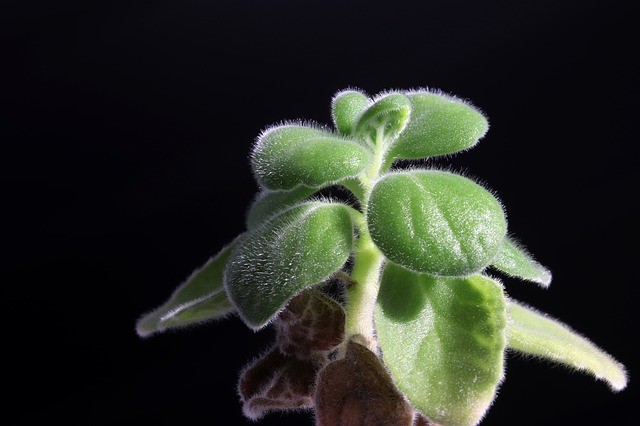
Picture via Pixabay
The Leaves Become Mushy
An overwatered succulent’s leaves will also become mushy to the touch. A healthy succulent plant will have a rubber feel to it. If you press on a leaf with your thumb and it keeps your thumb imprint (and feels mushy), you have an overwatered succulent.
The Leaves Begin Falling Off The Stem
Lastly, when leaves begin falling down from the stem or breaking off easily, you most likely have an overwatered succulent. Rotting usually begins in the center of the succulent and makes its way throughout. Due to this, the rotting stem affects the leaves. If your succulent begins to shed its leaves due to an unhealthy center stem, this is likely caused by overwatering.
Our printable succulent coloring book comes in the convenient 4×6″ (10x15cm). You can either print or use it in a digital platform from your phone, tablet, etc. Have fun!
Steps To Saving An Overwatered Succulent
Trying to treat an overwatered succulent may feel impossible because of the look of the plant. It is less than enticing with black rot and mushy leaves. This is obviously not what a healthy succulent is supposed to look like. However, there are ways to treat an overwatered succulent and bring it back to a healthy standard. With the following tips, your sickly succulent’s leaves will bring on its distinctive rubber look and feel once again.
1) First, Take Your Overwatered succulent Out Of Its Planted Pot.
It will need to dry out for a few days before replanting it. However, if your succulent suffers from rot, only the healthy parts of the plant can be saved. The healthy part and rotting part will need to be separated first before beginning the next process. This will reduce rot from spreading, as well as remove the dead parts of the plant that are already dead.
2) Once The Healthy Part Of The Succulent is Separated, Let It Dry Out.
You should keep the succulent out of its planter so that any moisture within its roots is able to dry out. The drying process should take between 3 days to a week.
3) After A Few Days, Replant Your Succulent With Fresh Soil.
Once your succulent is dry and replanted, only water your succulent when the topsoil is dry. If there is remaining moisture in the topsoil, do not water the plant again at that time.
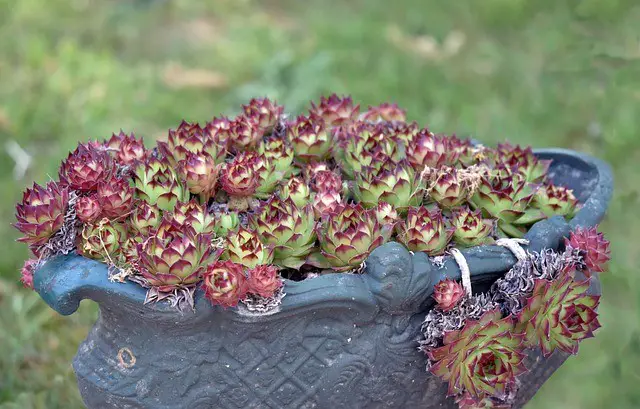
Picture via Pixabay
Tips for How to Keep From Overwatering Succulent
Avoid the drawbacks and anxiety that an overwatered succulent may have on your garden and psyche by using the following tips as a guide for future succulent care: Use well-draining soil and containers to avoid an overwatering a succulent, use soil that drains well. Also, use containers with drain holes. These draining qualities will keep your succulent from becoming overwatered and succumbing to fungal infections and rot. Soak the plant under its leaves to keep water from soaking the succulent’s leaves. This can bring on rot to the plant due to water coming into direct contact with its leaves.
Empty the bottom of the container to avoid rot and fungal infections. The practice of emptying the bottom of your planter drainer regularly after watering keeps the succulent’s roots from rotting and the leaves from becoming bloated from too much water.
Water depending on the seasons and amount of light the plant receives. Succulents usually grow the most in the spring, which means the plant will need most of its watering during the spring months. In winter, when light and warmth are lessened, so will your watering habits. Succulents will need to be watered the least in the winter months due to less exposure to sunlight and warmth. Exposure will also depend on where you live and the type of weather as well.
Pay attention to the signs of an overwatered succulent. As discussed earlier, an overwatered succulent will now be easy to spot now that you know what to look for. Pay special attention to the look and feel of your succulent. Is it turning colors (black or translucent)? Are the leaves mushy-feeling? Is your succulent shedding its leaves or breaking off? Remember each of these warning signs to keep your succulent healthy rather than drowning it in too much water.
Bringing your Wilted Succulent Back to Life
Do not fret if your overwatered succulent is looking less than lively. Recognize when your succulent starts suffering from qualities such as translucent, rotting, or mushy leaves, and leaf shedding. Remove the succulent from its pot and cut off any rotting or diseased parts of the plant. Exchange your container or change out the soil if water draining is an issue. Inspect the topsoil for moisture before watering your succulent again. It needs to be dry to the touch before a fresh dousing of water needs to occur. By paying attention to the signs and taking the proper precautions, your overwatered succulent can become healthy and thriving again.
Are your succulents dying? Do you need urgent help to keep them alive? Don’t worry! This ebook will solve the problems. I shared all my secrets related to how to water succulents with you.
Step By Step How To Save An Overwatered Succulent:
- Remove the succulent from wherever you potted it and gently remove wet soil from the plant’s roots.
- Let your succulent dry completely, it can take between three to seven days.
- Place the plant away from direct sunlight but still with enough indirect light to avoid burning the succulent.
- When the succulent is dry, repot your plant in a well-draining succulent soil but do not water right away after potting.
- One week later you can water your plant again and be careful when watering your succulent in the future.

